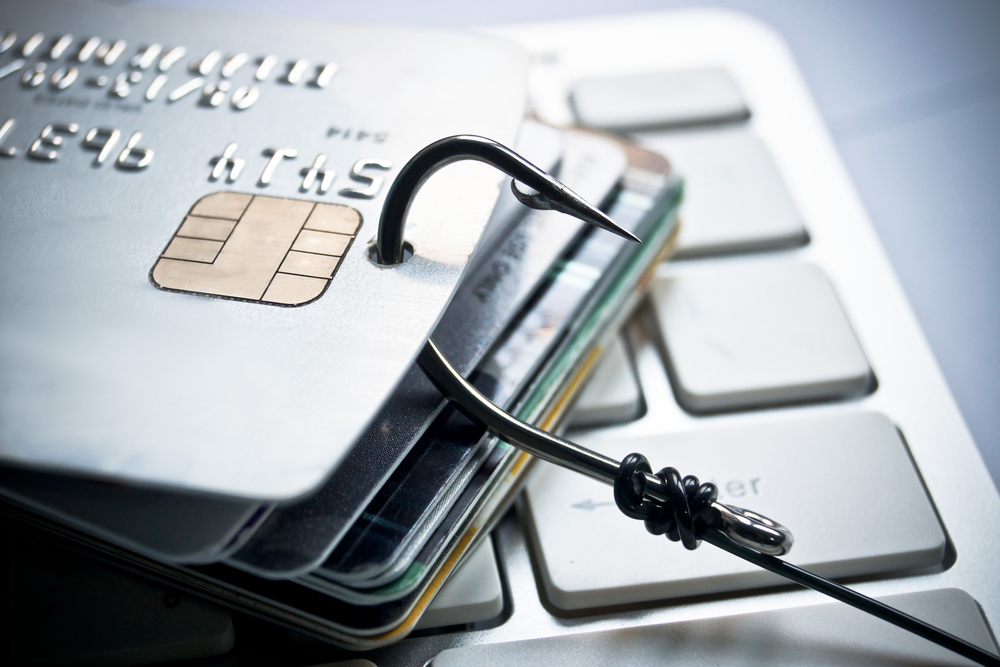Since the jump online, financial institutions as well as their patrons have been victims of cyber criminals. Data phishing used to consist of a hacker, or paid accomplice diving in trash bins and dumpster for recently thrown out carbon copies of credit card and personal information. These days are long dead, as businesses now use electronic means to accept payments and keep track of records. Cyber criminals still use real world applications, in part with online warfare in order to, in a sense, become you.
1. Protect your information online.
With the holidays right around the corner, more online shopping is about to take place. When your done with your online black Friday deals, clear your logins and passwords. Not only when you’re on public computers and public Wi-Fi, but at home as well. All it takes is for a hacker to find your cyber window has been left open to nab your account details.
2. Use credit cards online, instead of debit cards.
Credit cards come with more protection, and better guarantees under federal law than online payment processors and debit cards. So just in case you do fall victim, you have the protection not to incur a mountain of debt on behalf of some criminal thousands of miles away.
3. Monitor your bank and credit card statements.
If you don’t do this already, now is a good time to start. While most people rely on banking systems to catch fraud purchases, this isn’t always done in time. It helps to have mobile alerts set up to all monetary accounts. As most people are now using paperless statements, it has become easier to keep watch on important accounts. A lot of times, hackers will make multiple purchases for low amounts to either avoid detection, or to make the next giant purchase seem more legitimate to banking fraud detection. So, keep a close eye on those statements, for even the smallest unknown purchases.
4. Safeguard or properly dispose of sensitive information.
As stated earlier, the days of dumpster diving for credit card information seems to be long dead. That is, until the opportunity arises. Get a paper shredder, or burn those bank and credit card statements. Don’t throw these sensitive documents into the trash. Even better, go paperless; Most banking and credit institutions offer this service, and even knock off the monthly fee associated with these statements.
5. When using any ATM, watch for signs of tampering.
Credit card thieves have what are called, skimmers. They are strategically placed over ATM card slots to look and fit like the real thing. These devices fit over the actual card slot, so that it doesn’t look out of the ordinary. The victim swipes their card through the fake skimmer, which reads and saves the card data, then and passes the card info to the real slot that it processes like any ordinary transaction. Criminals will return later to collect the skimmer, along with your credit card data.
I would also like to mention the use and role of fraud protection services. While the majority are hyped up, unneeded services, depending on your spending habits online, getting one of these services might be right for you. Companies such as LifeLock and TrustID have become very popular over the years. An additional tip would be to stay current on your credit history. You can obtain an annual free report from annualcreditreport.com. Be sure not to fall for “free credit report” gimmicks online, because some of these could be hackers as well.
If you liked this article, follow us on Twitter @themerklenews and make sure to subscribe to our newsletter to receive the latest bitcoin, cryptocurrency, and technology news.

